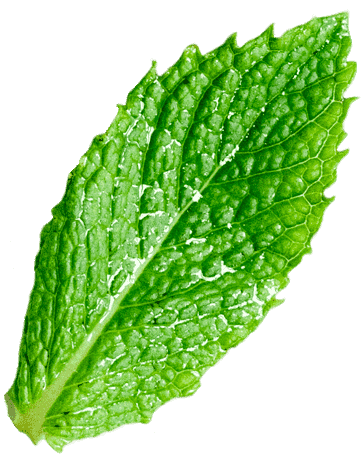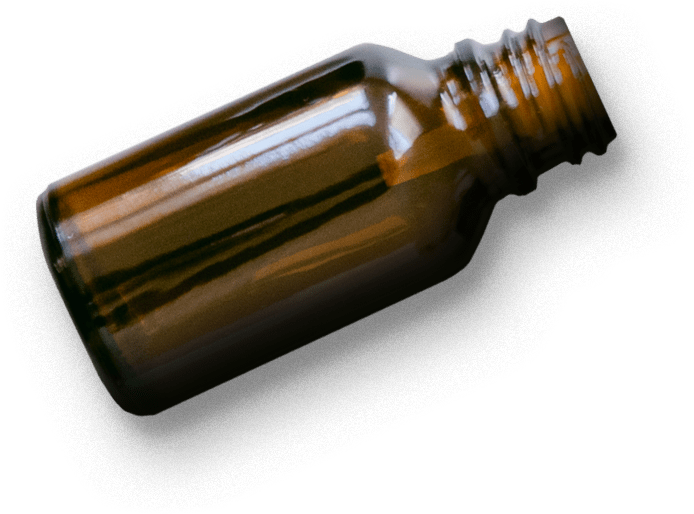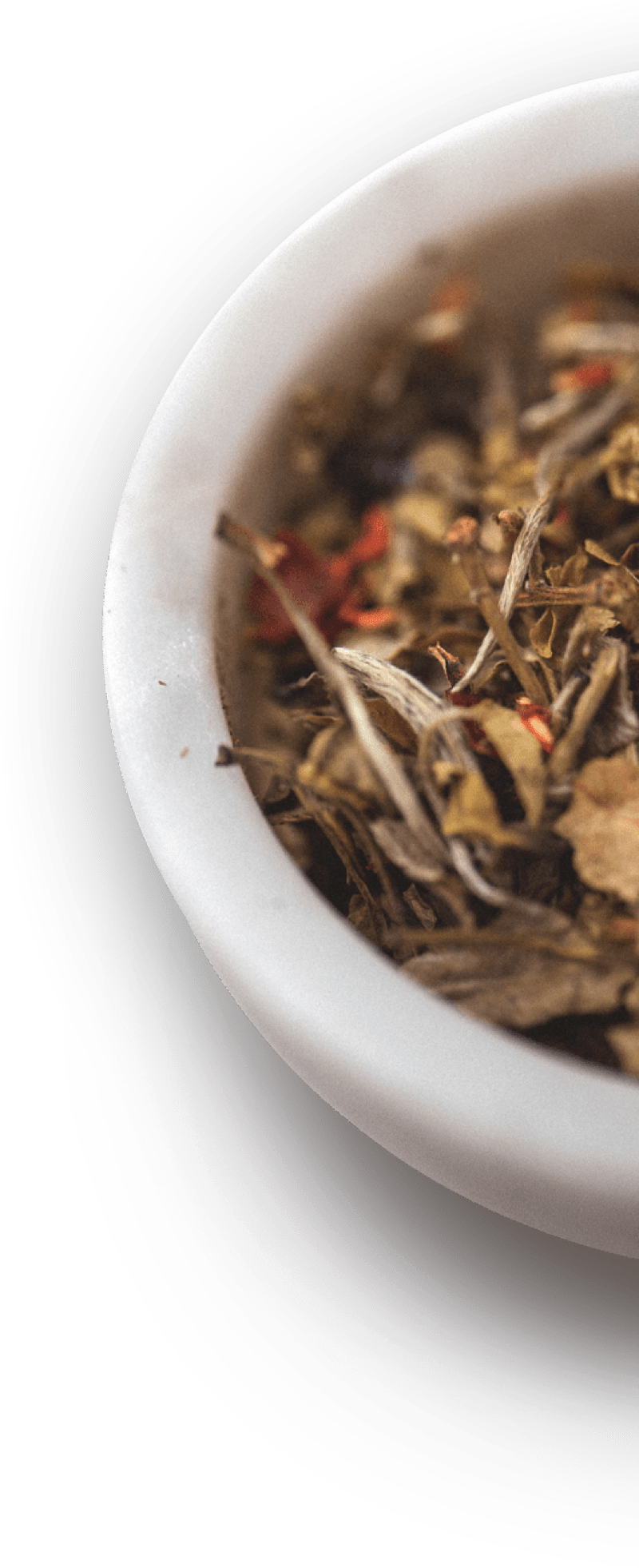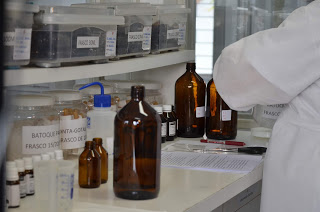
Recent studies demonstrate that homeopathic medicines may contain a source of silica nanoparticles because of their traditional manufacturing processes.
In a paper published in 1801, Hahnemann mentioned the prophylactic properties of Belladonna for the treatment of scarlet fever as well as the method of preparation for Belladonna to 1/24,000,000 dilution. He wrote, “we dissolve a grain (1 grain = 0.06479891 grams) of this powder in one hundred drops of common distilled water…, and render the union perfect, by diligently shaking the liquid, …and so on… and this is our prophylactic remedy for scarlet fever, each drop of which contains the twenty-four millionth part of a grain of the dry belladonna juice.”
Hahnemann recommended the administration of one drop which is equivalent to 0.0416 nanograms of Belladonna and to repeat the dose every 72 hours. This is the first recorded nanodose of medicine used in the
treatment of any disease in medical history.
For more than two centuries homeopathy medicine has been the world’s second most practiced therapy.
It becomes so popular due to its simple fabrication, easy availability, cost-effectiveness, and easier applicability, though the reason behind the effectiveness of homeopathy is still a mystery. Homeopathic medicines are active at extreme dilution (dilution factor even beyond 10-400).
This fact has been difficult to be accepted by the conventional scientific community, which leads to the stance that these medicines have only a placebo effect.
However, a large number of placebo-controlled plant, animal, and cellular studies indicate that remedies exert effects distinct from placebo. Different scientists propose different theories such as water memory, quantum-electrodynamics (QED), nanoparticle aspect, etc., and they concluded that homeopathic medicines reach nanoscale range by potentization, i.e., serial dilution with systematic succussion.
And also, some researchers showed that the permeability of the biological membrane gets affected due to the size variation of homeopathic drugs (see previous posts here: Epigenetics and Epigenetics II).
The significance of finding nanoparticles in homeopathic remedies is that NPS has very different properties from those of their respective bulk form materials, as a function of their small size.
NPS are not merely small versions of their respective bulk forms. Nano sizing by mechanical milling of drugs leads to (a) greater bioavailability with improved absorption; (b) higher adsorptive capacity to attach other nanomaterials onto their surfaces and serve as drug, vaccine, or gene delivery vehicles.
A nanoparticle (NP) is a body having a size on the order of 100 nanometers (0.1 microns). 100 nanometers correspond to the wavelength of ultraviolet radiation radiating in the range of 10 to 380 nanometers. For example, electromagnetic waves visible to the human eye (visible light) are included in wavelengths from 0.38 to 0.78 microns, 380 nanometers for violet, 780 nanometers for red.
Nanoparticles have interesting properties because, on the nanoparticle scale, the physical attributes of these properties are different from the original material.
Nanoparticle research focuses on the benefits and performance of the product on this scale. This is known as nanoscience, the study of phenomena and manipulation of matter at atomic, molecular and macromolecular scales, where properties differ significantly from those prevailing on a larger scale. Nanoforms of drugs, herbs, nutriceuticals, and vaccines can all produce biological effects.
NPs are more atom-like in behavior, acquiring the different electrical, magnetic, thermal, optical, chemical, biological, and quantum effects compared with their bulk forms. For instance, Gold, which is non-magnetic in bulk form, becomes magnetic in nanoparticle form.
Hahnemann recommended the administration of one drop which is equivalent to 0.0416 nanograms of Belladonna and to repeat the dose every 72 hours. This is the first recorded nanodose of medicine used in the
treatment of any disease in medical history.
The significance of finding nanoparticles in homeopathic remedies, which is an answer, result in many more questions. Much work is needed to understand the practical and therapeutic implications of these hypotheses.
As said, Dr. Peter Fisher:
Nevertheless taken together with the papers in this special issue mark a major theoretical advance in the understanding of homeopathy and a major step to overcoming plausibility bias: the prejudice that homeopathy does not work because it cannot work.
Antibodies adsorption to a particle.

You can read more in:
Frontiers in Bioscience (Scholar Edition) 2013; 5(2): 685-708 Iris R. Bell and Gary E. Schwartz
Dorly de Freitas Buchi











